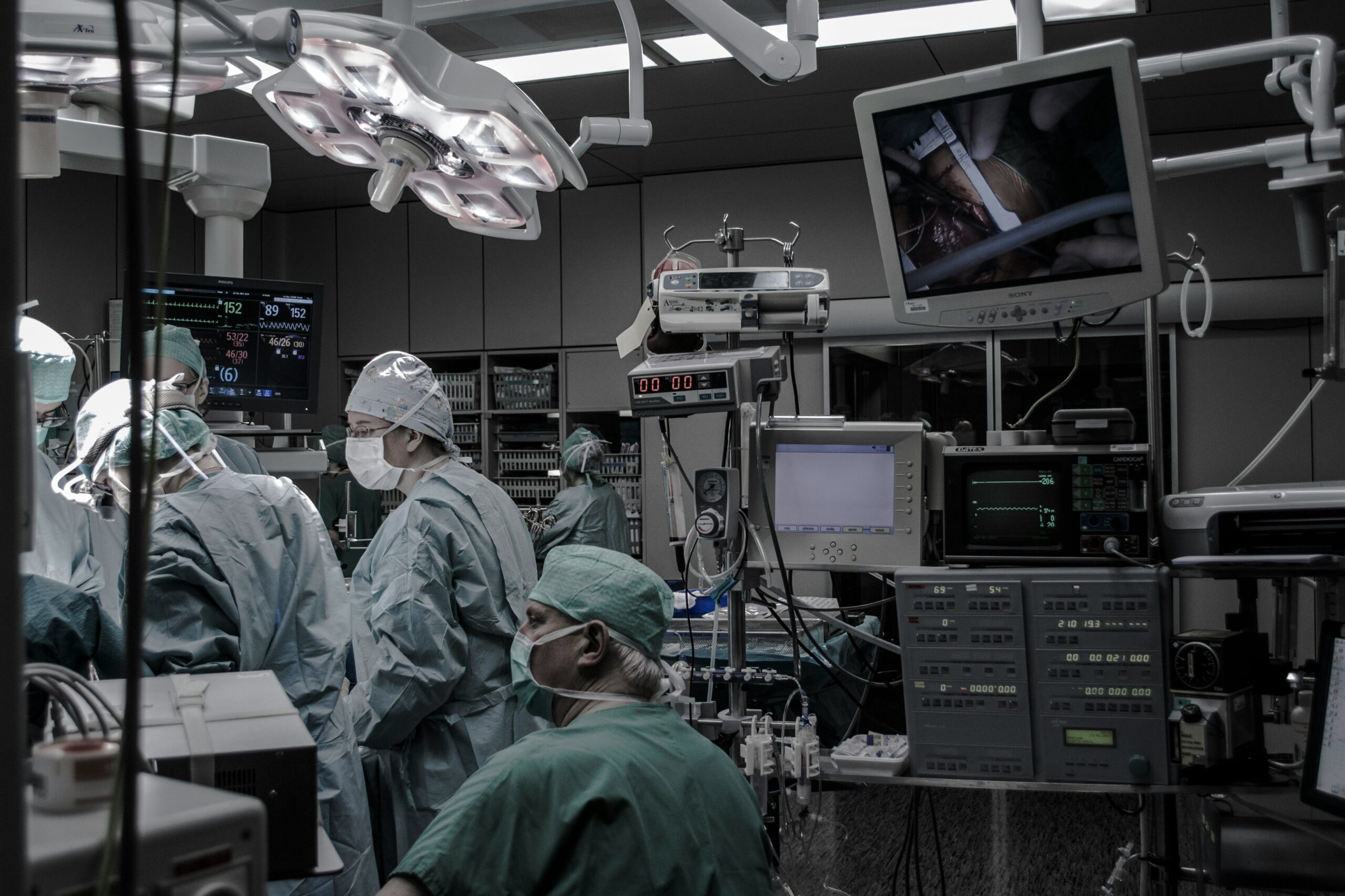
Surgical robotics is rapidly transforming the healthcare landscape by enhancing surgeons’ capabilities while reducing patient risk. Once a concept reserved for science fiction, robot-assisted surgery is now a standard in many hospitals. These advanced systems combine the precision of robotics with the expertise of human hands, offering unparalleled control and accuracy in the operating room.
Surgeons no longer rely solely on traditional tools. Robotic platforms now assist in performing delicate operations through tiny incisions, reducing trauma and improving outcomes. As technology continues to evolve, innovations in surgical robotics are not just improving efficiency—they are fundamentally reshaping how surgery is performed.
How Surgical Robotics Enhances Precision and Control
One of the most remarkable benefits of surgical robotics is the significant increase in precision and accuracy. Traditional laparoscopic surgery, though minimally invasive, has limitations in dexterity and visibility. Robotic systems, such as the widely known da Vinci Surgical System, overcome these challenges by providing a 3D high-definition view and instruments that mimic the movement of a human wrist, but with greater range and stability.
Surgeons operate from a console, manipulating robotic arms that translate their hand movements into micro-actions inside the patient’s body. This minimizes the margin of error and enhances control during critical procedures. As a result, surgical robotics has become especially valuable in urology, gynecology, cardiac surgery, and oncological interventions.
Moreover, robotic systems eliminate hand tremors and provide better access to hard-to-reach areas, ensuring precision in complex surgical environments. These improvements directly translate into better outcomes and fewer complications.
Minimally Invasive Surgery and Faster Recovery
One of the strongest arguments in favor of surgical robotics is its minimally invasive nature. Smaller incisions result in less tissue damage, reduced pain, and a quicker recovery time. This benefits not only the patient but also healthcare systems, which see shorter hospital stays and reduced post-operative care.
In robot-assisted surgeries, patients typically experience less blood loss, fewer infections, and minimal scarring. These advantages significantly reduce the risk of complications and enable a faster return to normal life. As patient satisfaction and safety improve, the demand for robotic procedures continues to grow.
Even complex surgeries that once required large open incisions—such as prostatectomies or hysterectomies—can now be completed with precision using robotic tools. This evolution has made surgical robotics an essential component in minimally invasive surgery programs worldwide.
Training the Next Generation of Robotic Surgeons
As surgical robotics becomes more integrated into hospitals, the importance of training and simulation grows. Institutions are investing heavily in education programs to ensure that surgeons can fully utilize robotic systems. Advanced simulation platforms now allow residents and experienced surgeons to practice robot-assisted surgery in a risk-free environment.
These simulators offer realistic scenarios, complete with haptic feedback and virtual patients. Such immersive experiences help surgeons develop the muscle memory and decision-making skills needed for real-world procedures. With artificial intelligence now being introduced into robotic systems, future training will also include the use of predictive analytics and real-time data assistance.
Hospitals that prioritize training are already seeing improvements in surgical outcomes and reduced learning curves. As innovations in surgical robotics continue to expand, structured education and ongoing practice will remain crucial to ensuring safe and effective surgeries.
The Future of Surgery: Where Robotics Is Heading
The future of surgical robotics is bright—and fast approaching. With rapid advancements in artificial intelligence, machine learning, and data integration, robotic systems are becoming smarter and more autonomous. Some prototypes now offer the ability to analyze patient data during procedures and suggest real-time adjustments to surgical plans.
Additionally, robotic platforms are getting smaller, more portable, and more affordable, making them accessible to a broader range of hospitals and clinics. Companies are developing systems tailored to specific surgical specialties, such as orthopedic robotics for joint replacements or spine surgery.
Another exciting frontier is telesurgery. Through high-speed networks and 5G technology, expert surgeons can now operate remotely, bringing life-saving expertise to underserved or conflict-ridden areas. This could democratize surgical care, offering world-class expertise regardless of one’s geographical location.
While complete automation is still years away, the integration of robotics and AI is paving the way for semi-autonomous systems that support surgeons through enhanced decision-making and precision. These innovations promise to elevate the standard of care and redefine the boundaries of what is surgically possible.
Balancing Innovation with Ethics and Accessibility
Despite the enormous promise of surgical robotics, it’s important to approach this technology with a balanced view. Ethical concerns regarding cost, data privacy, and decision-making authority persist. Many worry about the high price tag of these systems, which could lead to unequal access between urban and rural, or affluent and low-income, healthcare settings.
Hospitals must carefully weigh the cost-benefit analysis. While initial investments in surgical robotics are high, the long-term gains—fewer complications, shorter hospital stays, and greater patient satisfaction—often justify the expense. Insurance coverage for robotic procedures is also expanding, making this technology more attainable for a wider patient base.
Furthermore, transparency about how robotic systems work and how decisions are made during surgery must be maintained. Patients should be fully informed and confident in the balance between human expertise and technological support.
By addressing these challenges with clear policy guidelines and ethical oversight, the medical community can ensure that the benefits of surgical robotics are shared widely and equitably.
Conclusion: Embracing the Robotic Evolution in Surgery
Surgical robotics is more than just a technological trend—it’s a revolution in the operating room. By enhancing surgeon precision, minimizing patient trauma, and accelerating recovery, robotic systems are setting a new gold standard in modern medicine. From complex procedures to routine operations, innovations in surgical robotics continue to break boundaries and improve lives.
As training programs advance, AI integration deepens, and accessibility increases, the future of surgery looks not only more efficient but also more humane. Embracing this robotic evolution means embracing a future where every incision is smarter, every recovery faster, and every outcome better.